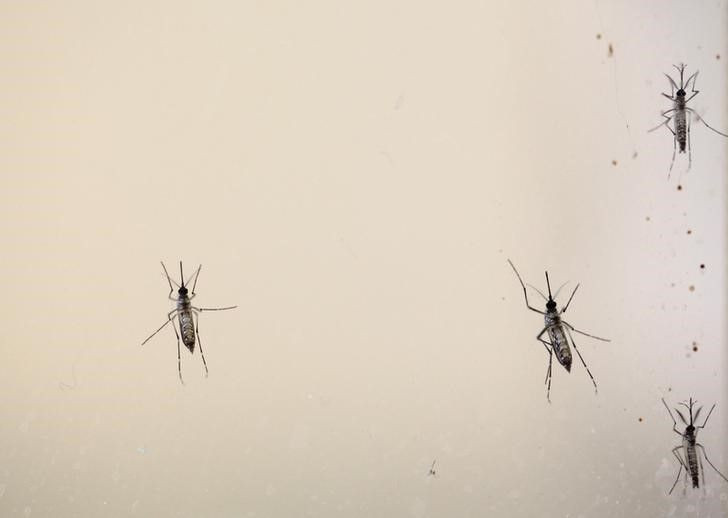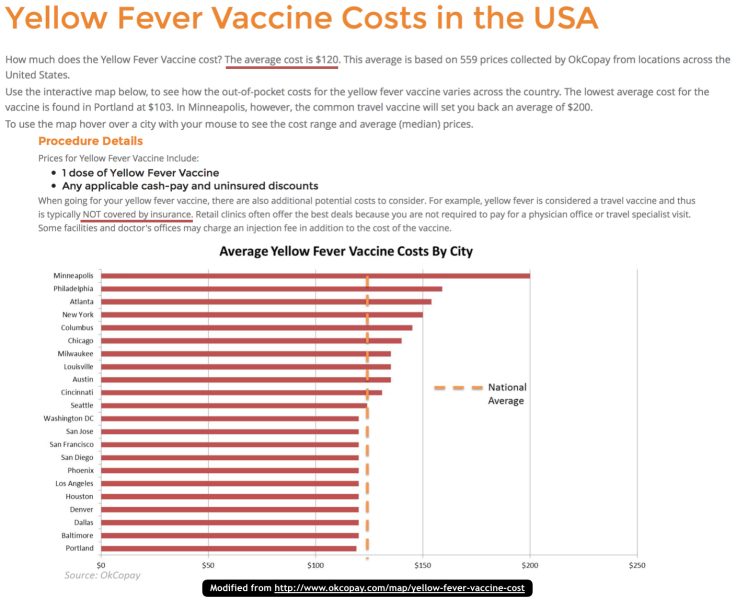If A Vaccine For Zika Is Developed, Will It Be Freely Available To Everybody?


This question originally appeared on Quora. Answer by Tirumalai Kamala, Immunologist, Ph.D., Mycobacteriology.
Primarily because its intended target is the healthy population, the economics of vaccines are unlike those for other medicines.
- Most governments already factor in this difference and have specific policy guidelines and even laws to help fund mass immunizations campaigns.
- An international two-tier pricing structure ensures that vaccine costs in poorer countries are far lower than those in their wealthier counterparts.
- Vaccine cost is also fundamentally different between countries with a publicly funded national health care system. [For example, in Canada it's lower versus other countries like the United States, where it's higher.]
- [The] difference between childhood and adult vaccination programs is another element that influences vaccine cost: While the former are the intense focus of governments and therefore have robust public-private partnerships to defray costs, adult vaccinations can be fee for service. [This is to say a] healthcare provider [will purchase] vaccines upfront and get reimbursed after administering them.
Whether a future Zika vaccine will be available for free, or free to everyone, depends on whether Zika presents an epidemic or pandemic threat (circumstance one) or not (circumstance two), if and when such a vaccine becomes available
Circumstance one
When a vaccine becomes finally available, if Zika presented an epidemic or pandemic threat, affected governments would likely support mass immunizations campaigns, meaning vaccine cost would be heavily subsidized or even free. Though the particulars of how vaccines are funded differ in different countries, by and large most governments heavily subsidize costs of vaccination. For example, in the U.S., vaccine costs were brought under a common umbrella through the 1962 Vaccination Assistance Act (Section 317 of the Public Health Service Act). Section 317 has been continuously reauthorized since 1962. Thus, it's now a mainstay of immunization support in the U.S.
The US Vaccine Assistance Act ended up doing several things,
One, it allowed the Centers for Disease Control and Prevention (CDC) to support mass immunizations through the National Immunization Program.
Two, it provided financial assistance 'in lieu of cash' to state and local health departments to in turn support mass immunization programs. Specifically, Section 317 allows the U.S. federal government to provide vaccines and personnel, such as CDC Public Health Advisors and epidemiologists to assist local and state health departments in managing these programs.
Three, through Section 317, the U.S. federal government is able to negotiate down vaccine prices with manufacturers. Factors relevant to cost reduction include sales volume, limited distribution points, no-return policy, to name a few.
Four, in addition, the U.S. 1993 Vaccines for Children (VFC) Act ensures free vaccines to uninsured children, those on Medicaid or American Indian or Alaska Natives. Thus, in the U.S., most recommended vaccines are covered by either private health insurance plans or government subsidies.
Circumstance two
If, on the other hand, Zika threat in a particular country is so low that it would not be cost-effective for its government to subsidize it, then an individual may have to pay for it out of pocket, similar to the way they do now for travel-related vaccines not covered by health insurance. Intended to protect against a mosquito-borne viral disease like Zika, the yellow fever vaccine is a helpful guide for the cost of a travel-related vaccine in the U.S. See below.

More from Quora:



























